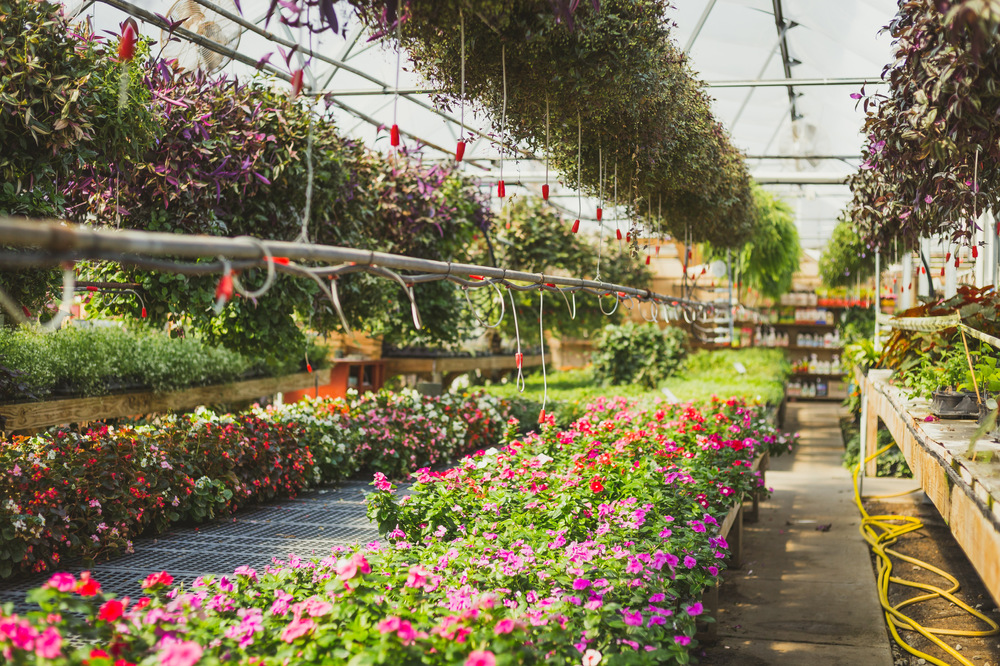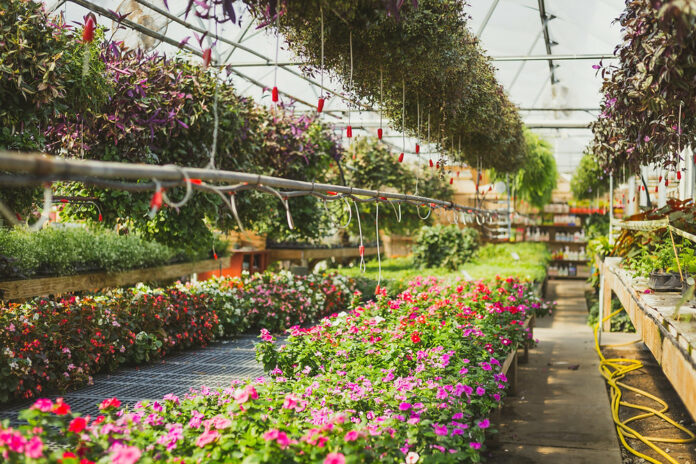
With the rise of hoop houses, greenhouses, and other protective enclosures you can produce more food (or other plants) for your customers, for a longer time. The beauty of adding these structures to your farm is that they can extend your growing season by protecting your crops, creating an ideal growing environment for maximum production, and supercharging your farm. In this blog, we'll uncover the hidden treasures of growing under cover and share tips and tricks to make your hoop houses, greenhouses, and high tunnels produce even better.
Hoop houses, Greenhouses, and More
As the demand for fresh, locally sourced produce continues to rise, many farmers and gardeners are turning to hoop houses, greenhouses, and high tunnels to extend their growing seasons and increase yields. These covered structures provide a controlled environment that allows for year-round cultivation, protecting crops from harsh weather conditions and pests. However, achieving optimal productivity requires a combination of knowledge, planning, and hands-on experience.
The Perks of Growing Under Cover
Let's talk about the fantastic benefits of growing under cover in a greenhouse, hoop house, or high tunnel:
A Never-Ending Growing Season: Plant crops earlier in the spring and grow through winter. Hoophouses and greenhouses can give you a very extended growing season no matter your zone.
Weatherproof Wonder: High winds, relentless rain, wild weather, and hail damage are minimized (hopefully). These cool structures shield your crop from the wildest elements, so your plants can grow without damage.
Pest-Free: Growing under cover keeps the pests out, letting plants grow in peace. Most of the time you will have reduced pest issues but you will have to watch this because pests can happen in any environment.
Bigger Yields: These environments give you more control over the growing environment. Set the right temperature, humidity, and lighting to grow bigger yields and better-quality produce!
Multiple Uses: You can also use these covered areas to propagate plants, grow seedlings, get out of the weather, store things, and add animals at key times of the year, etc.
Now that we've discussed the perks of growing in a covered space, here are some tips to help make your greenhouse produce even better.
Select the Right Greenhouse Structure:
Choose the right cover for your greenhouse space. There are many to choose from; Hoophouses are budget-friendly and a great option for extending the growing season. High tunnels and other variations are available as well. Greenhouses offer full control. But there are different versions of those so you can decide what works best for your space, based on your budget, and goals. Check out the blog post about choosing the right cover for your greenhouse space for more information.
Get the Air Flowing:
Plants need airflow. Install fans, vents, or louvers for optimal airflow.
Vents are the most common ventilation method used in greenhouses. They are often found in roof vents that open when it gets to a certain temperature. This lets heat escape as it rises.
Fans are another common way to move air in greenhouses. There are automatic ventilation systems that are more expensive but optimize the airflow in your covered environment. You can also use a box fan to move air through the space and open all the doors.
Greenhouse Temperature:
If you have a thermostat it will help keep your indoor environment at an ideal temperature range. Generally, this is around 64-75ºF. It would be great if we all had automatic heating and cooling systems in our greenhouses, but they can be costly.
Ways to cool your greenhouse: For cooling ideas, some options available are adding interior or exterior shades, good ventilation (as discussed earlier), evaporative cooling, misting, being under trees, and "damping down" the interior of the greenhouse with a hose is very effective in reducing heat. Misting or fogging gear is a great option to cool down a growing environment. We talk about that more below. We also recommend adding a temperature gauge to the area so you can track the timing, temperature, and how your plants are doing. You can add a temperature gauge in Farmbrite to track this information.
Ways to heat your greenhouse: A few ideas for heating your greenhouse, you might try adding heaters, germination mats, horticultural fleece, insulation, raised beds, or use thermal mass. The best idea might be to grow winter vegetables that tolerate the colder weather like greens, brassicas, alliums, or root vegetables. You can still use some of those other items but it might be more cost-effective to reduce the amount of heating you're doing.
Humidity Control:
Your humidistat can tell you how well you're doing keeping humidity in your greenhouse. The ideal humidity of a greenhouse is around 80%. Dial in the temperature and humidity with heating, cooling systems, and misting or fogging gear for a perfect growing environment. This does not have to be a high-investment item. You can add an overhead mister system relatively inexpensively. There are overhead misters you can purchase at garden centers and here is an example of how to do a DIY greenhouse mist irrigation system.
Lighting:
Depending on what you're growing, in the summer (in the Northern Hemisphere), you will have plenty of daylight to grow your plants. If you're growing in the winter you might want to add LED or HID lights to extend the growing light each day. Not only will this give the plants a longer growing period each day but may also increase the warmth for them as well. This may be a good or bad thing depending on where you are located.
Soil for your Greenhouse:
Soil is the foundation of any growing environment. There are many components to the soil such as organic material, silt, and other amendments. A good mix for most plants would be 45% minerals (sand, clay, silt), 5% organic material (plant and animal), 25% air, and 25% water. There are even super soil amendments that boast special ingredients or additives that are designed to add microorganisms. With any soil that you add, it's important to ensure your soil drains well and has the right nutrients for the crops you're growing.
Water and Irrigation: Water is vital to growing your plants. Keep your plants hydrated with irrigation. This can be in the form of drip irrigation, overhead sprayers, or something else. As with any time you're watering your plants, make sure that you are keeping them at an optimal water/soil/air ratio and check soil moisture regularly.
Rotation:
It's wise to rotate crops or add more compost or soil amendments. Choose plants that thrive in your custom garden environment to make for a great growing season.
Be Smart with Your Space:
Maximize the use of vertical space with trellises or hanging systems to utilize the space in your grow room. This allows you to maximize the use of your space. You can choose to grow crops vertically and frees up valuable ground space. You might also implement shelving or raised beds which can also optimize space.
Maintenance, Learning, and Adaptation:
Don't forget to keep your growing area in tip-top shape. Repair any rips or tears in the hoop house or high tunnel with repair tape.
It's also a good idea to stay informed about the latest advancements in greenhouse technology and horticulture practices. Attend workshops, and conferences, and engage with your local agricultural extension services to continuously enhance your skills and adapt to evolving best practices.
And as always, make sure to keep good notes so that you can make any adjustments that are needed next season.
There are some financial setbacks to consider when it comes to getting your greenhouse ready. According to Greener Ideal, the price tag for your greenhouse project can fluctuate significantly, depending on the size and model. It can start around $200 and can go up to $10,000+! If you're handy, you can always build one DIY and cut the costs.
Adding a new investment to your farm operation is a big decision. Planning is key to making the right choice for your business. Farmbrite offers a free trial of our software that can help you create a budget, create a farm plan, and more. Get your Farmbrite free trial today!
By implementing these tips and tricks, you can unlock the full potential of your hoop houses, greenhouses, and high tunnels. Creating an optimal growing environment and adopting sustainable practices will not only boost your yields but also contribute to the long-term success of your agricultural endeavors. As you experiment with different techniques and learn from your experiences, you'll find the perfect formula for achieving bountiful harvests in your covered growing spaces.
Happy farming!
